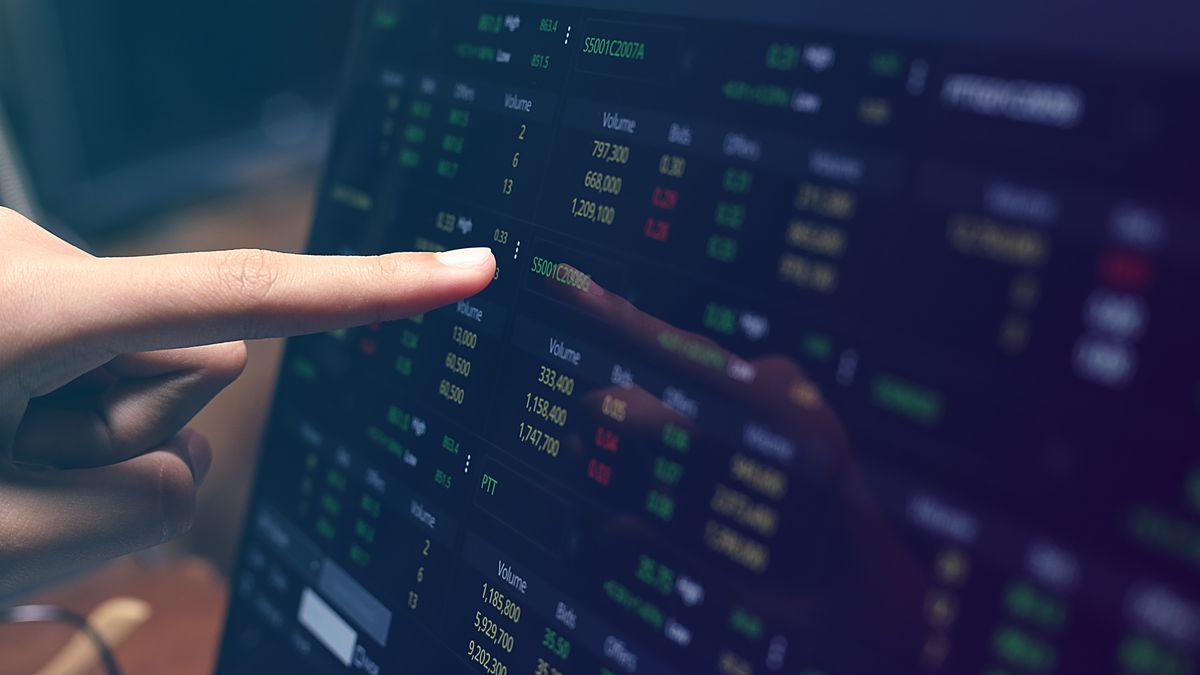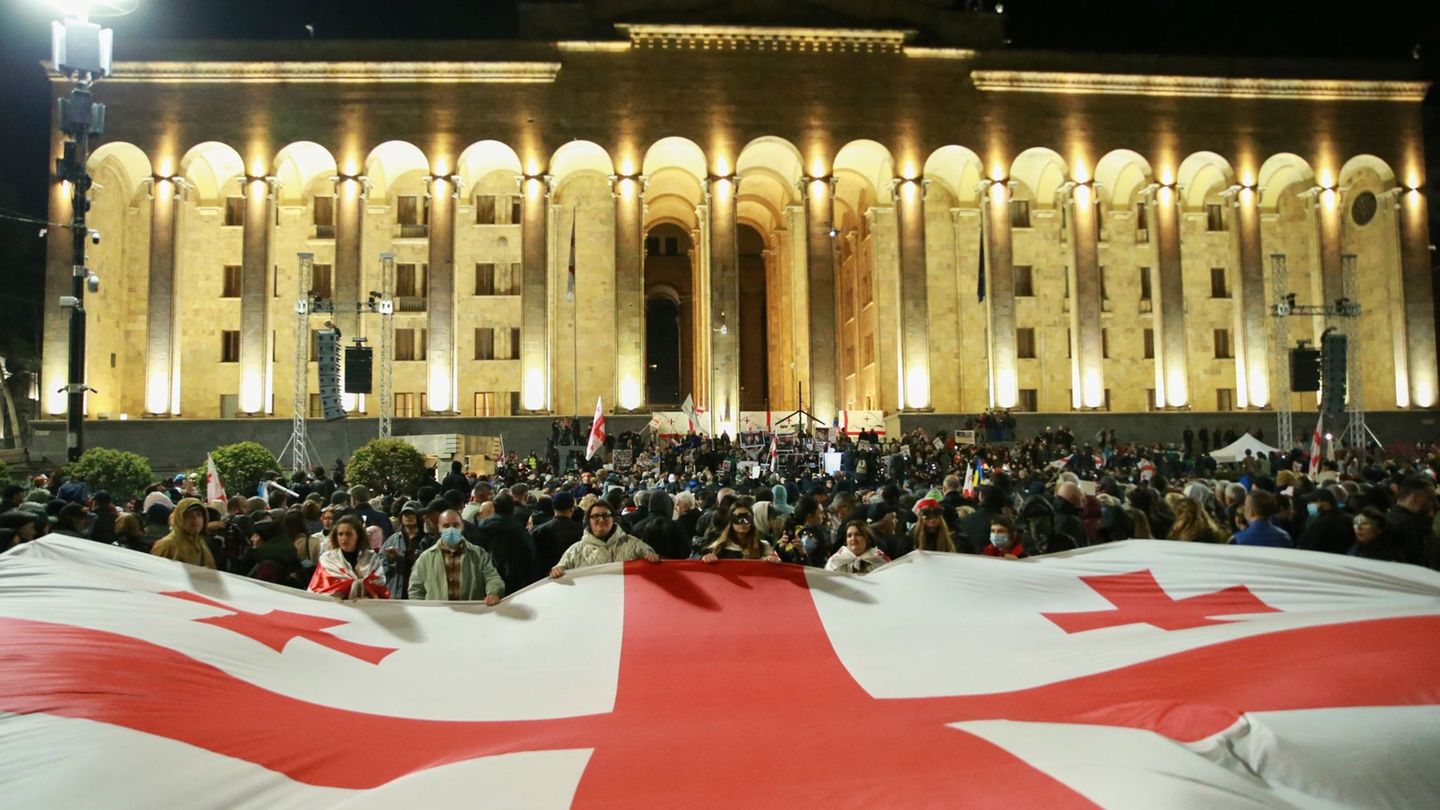In Wall Street, the ADRs of Argentine companies closed with most hikes, led by Cresud (+5.9%), IRSA (+5.4%), Vista (+5.4%); Supervielle (+4.7%); Banco Macro (+2.3%); and Mercado Libre (+2.3%). Conversely, the shares of Bioceres fell (-1.8%); Central Port (-1.6%); Black Hill (-1.1%); Transportadora de Gas del Sur (-0.5%); Edenor (-0.3%); and Corporación Amércia (-0.1%).
In the Buenos Aires stock market, meanwhile, the S&P Merval it improved 0.9% to 250,465.59 units, after falling 0.21% last week in just three rounds over the Carnival holidays.
Ch$6,862 million in equities were negotiated, highlighting the increases in Cresud (+6.6%) and Supervielle (+3.9%).
A source told Reuters that Discussions to change the Central Bank’s (BCRA) net reserve targets are precautionary, as the country met its reserve targets by the end of December 2022.
“The start of the year was so bad that the goals with the IMF would be ‘flexible’ in order to be met. In other words, there is no program that aims to correct the imbalances, but rather the goals are accommodated to the government’s needs – so as not to make an adjustment prior to the elections– and the IMF itself – so as not to trigger a crisis in Argentina and avoid default–”, they said from Cohen.
The Government agreed with the IMF that the net reserves increase by 5,500 million dollars at the end of March and 9,800 million dollars at the end of the year. Net reserves are currently around 4.4 billion dollars, according to a private estimate.
Roberto Geretto, from Fundcorp, pointed out for his part that “The primary deficit for the month of January is the largest in 10 years, where it is usually a seasonally surplus month. This raises doubts about the capacity and willingness to meet the primary deficit target of 1.9% for this year.” “If it is not met, it will be important to see how much the deviation is and if the new reserve goal saves a waiver or there will be a double default,” he pointed.
In the United States, after a very negative past week, the market started this slightly in the green trying to look for a rebound. Against this backdrop, the S&P500 closed 0.3% higher, while the 10-year bond rate fell 2 bps to 3.92%. For its part, WTI oil fell 0.8% to u$s75.75, which leaves the accumulated annual figure at -5.6%.
Bonds and country risk
In the fixed income segment, sovereign bonds in dollars they rose to almost 4% thanks to Global 2029 (+3.9%), Global 2046 (+3.8%), Bonar 2030 (+3.5%) and Bonar 2029 (+2.8% ). He only gave in, meanwhile, Global 2041 (-0.3%). On Wall Street, dollar titles showed increases of 60 and 90 cents on average, respectively.
Thus, the risk country measured by JPMorgan fell 1.7% (33 basic points), to 1,962 units, resuming levels recorded in the middle of the month.
For their part, dollar-linked sovereign bonds in pesos were also in demand, especially in the long end of the curve and closed with average increases of 0.8%. While the duals gained 0.6% on average.
Finally, in the segment of CER bonds, except for the exception of Q2X3 that fell slightly 0.2%, increases were observed throughout the entire curve, both for Leceres and Bonceres, yielding average gains of 0.8%.
Source: Ambito
I am a 24-year-old writer and journalist who has been working in the news industry for the past two years. I write primarily about market news, so if you’re looking for insights into what’s going on in the stock market or economic indicators, you’ve come to the right place. I also dabble in writing articles on lifestyle trends and pop culture news.




